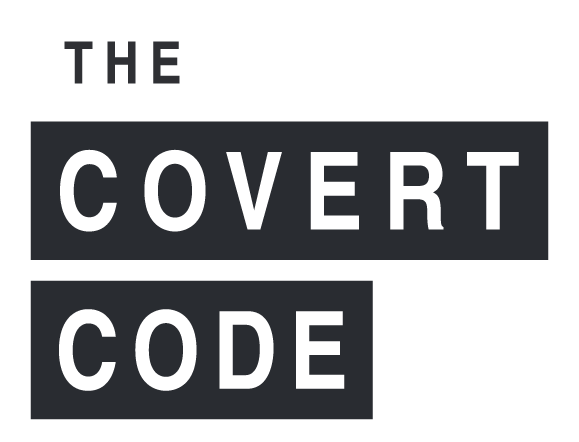Episode 22 – Featured Guest Tracy Sierra
This week on TheCovertCode the topic is “storytelling” and I’m pleased to introduce Tracy Sierra, author of the best selling thriller Nightwatching, a Fallon Book Club Pick winner.
 Meet Tracy Sierra
Meet Tracy Sierra
Tracy Sierra was born and raised in the Colorado mountains. She is an attorney who currently lives in New England in an antique colonial-era home complete with its own secret room. When not writing, she spends time with her husband and two children. Nightwatching is her debut novel.

 Meet Toby Tamaye
Meet Toby Tamaye
 Meet Drew Brittain
Meet Drew Brittain

 Meet Kevin Sullivan
Meet Kevin Sullivan



